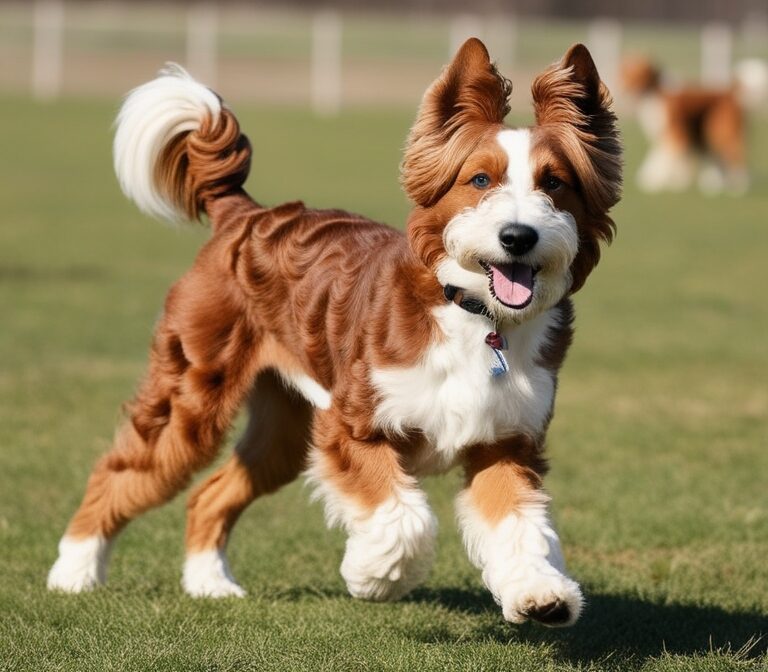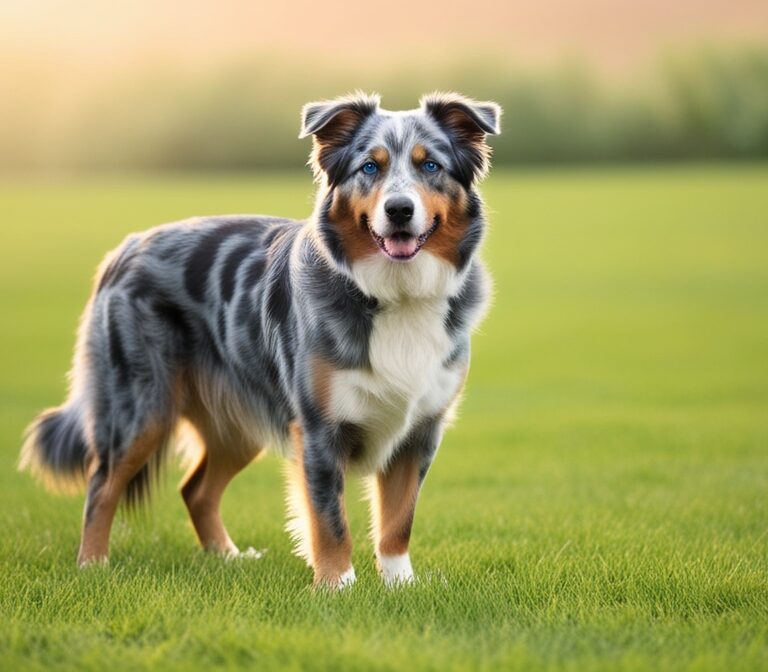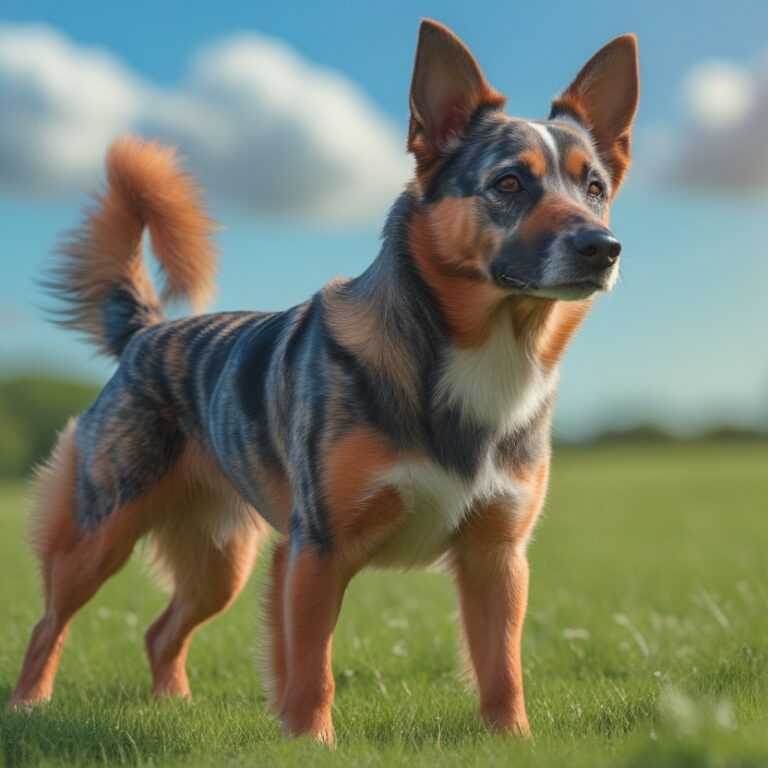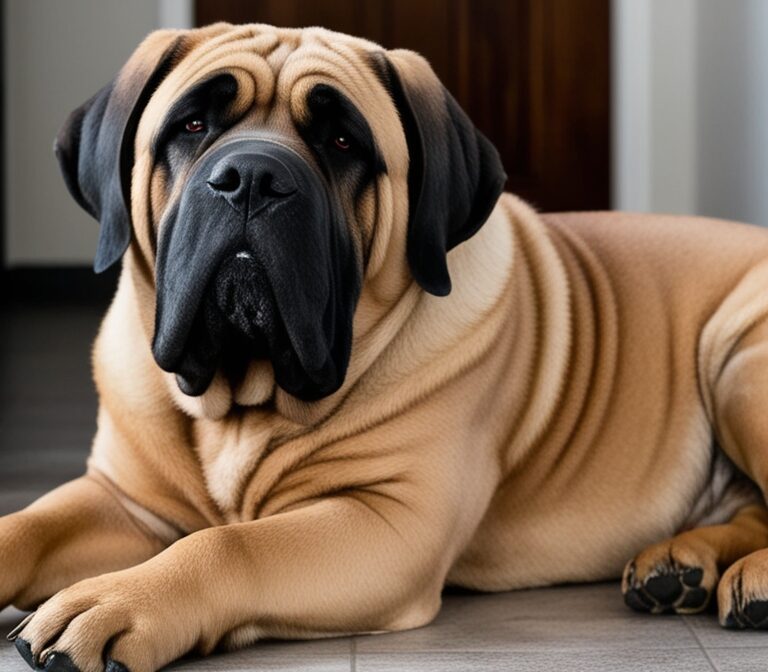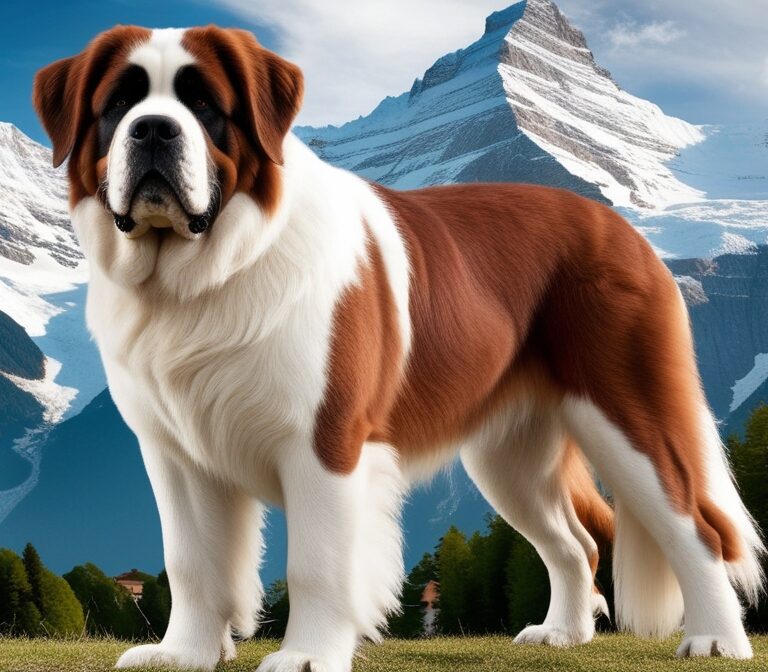Austrian Pinscher: Complete Breed Guide for Owners and Enthusiasts
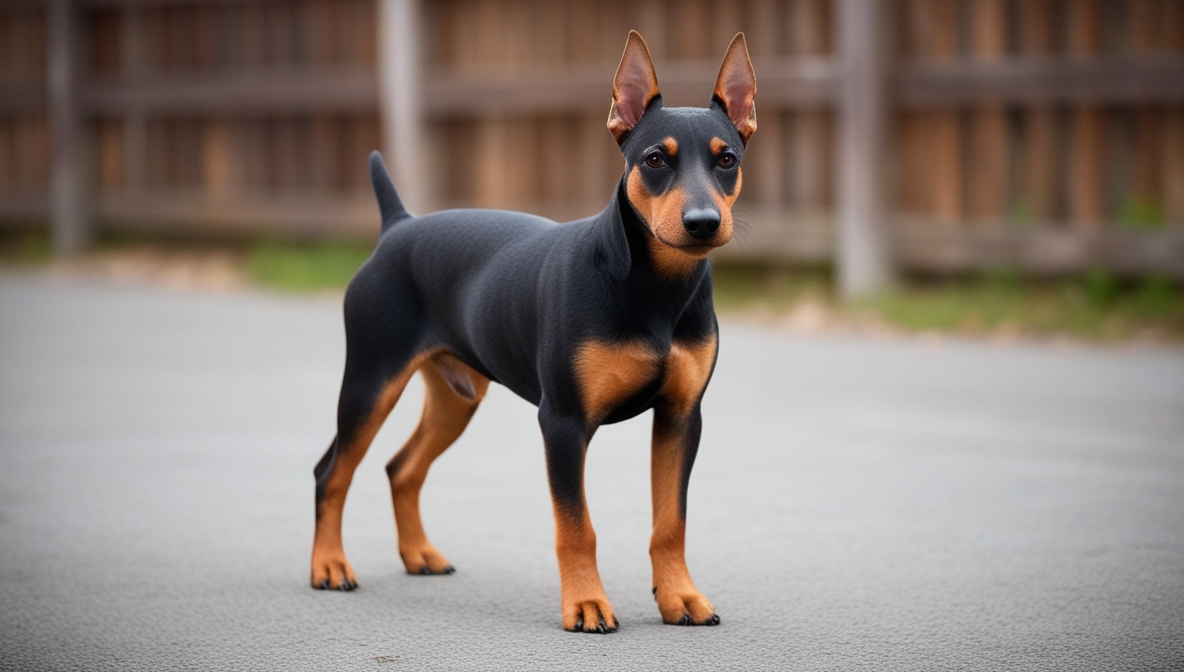
Introduction to the Austrian Pinscher
The Austrian Pinscher is a medium-sized dog breed that originates from Austria and has historically been prized as a farm dog and watchdog. Known for its lively temperament, intelligence, and alert nature, this breed offers the perfect combination of a playful companion and a reliable guardian. Although relatively rare outside its homeland, the Austrian Pinscher has steadily gained recognition worldwide for its loyalty and adaptability.
Dog lovers often compare the Austrian Pinscher to the German Pinscher or Doberman, but it stands out with its own unique characteristics. Unlike breeds developed purely for show or military use, the Austrian Pinscher was bred for practical work on farms, such as guarding property, controlling vermin, and protecting livestock. Its versatility explains why it has survived for centuries despite being less famous than other Pinscher varieties.
One of the breed’s most striking traits is its temperament balance. Owners describe the Austrian Pinscher as friendly with family members yet alert with strangers—a combination that makes it both a loving pet and a reliable watchdog. With a weight range of 12–18 kg (26–40 lbs), it fits into the medium-dog category, making it suitable for both rural and urban households when given enough exercise and stimulation.
From a semantic SEO perspective, the Austrian Pinscher ties into topics such as dog breed guides, canine temperament, medium-sized dogs, and watchdog breeds. Pet owners searching for information about this breed often want to know about health concerns, grooming requirements, training challenges, and adoption options. Addressing all these areas in detail helps ensure that this article serves as the most comprehensive resource on the Austrian Pinscher available online.
In this guide, we’ll cover everything from the history and origins of the breed to its daily care, training, temperament, and health requirements. Whether you’re a first-time dog owner curious about this rare breed or an experienced pet lover considering adoption, this complete overview will provide practical advice, reliable breed information, and actionable tips to help you understand if the Austrian Pinscher is the right match for your household.
History and Origin of the Austrian Pinscher
The Austrian Pinscher has deep roots in Central European farm culture, where it was originally bred as a multi-purpose working dog. Unlike specialized breeds developed for hunting or herding, the Austrian Pinscher’s primary function was farmstead protection and vermin control. Farmers in rural Austria valued the breed’s ability to guard property, deter intruders, and keep rodent populations under control, while also being affectionate enough to live closely with the family.
Early Origins
The breed’s history dates back to at least the 19th century, with records suggesting it developed from local farm dogs in Austria that shared traits with Pinschers and Terriers. These dogs were not bred for aesthetics but for functionality and survival, ensuring only the most capable animals were kept. Because of this practical selection, Austrian Pinschers became known for their resilience, intelligence, and strong work ethic.
Near Extinction and Revival
By the early 20th century, the breed faced decline due to urbanization, the rise of industrial farming, and the popularity of other Pinscher breeds like the German Pinscher and the Doberman Pinscher. After World War II, the Austrian Pinscher was nearly extinct. It survived thanks to a small group of dedicated breeders who began restoration programs. One of the most influential was Emil Hauck, who worked tirelessly to save the breed in the 1920s by standardizing its characteristics.
Despite these efforts, the breed remains rare even today. Outside Austria, finding an Austrian Pinscher is challenging, as only a few hundred purebred individuals exist globally. Many breeders and kennel clubs classify it as a vulnerable or endangered dog breed, which has increased awareness among enthusiasts who want to preserve it.
Recognition by Kennel Clubs
The Fédération Cynologique Internationale (FCI) officially recognizes the Austrian Pinscher in Group 2: Pinscher and Schnauzer types, Molossoid breeds, and Swiss Mountain Dogs. In Austria, the breed enjoys stronger recognition and protection, but in other countries, it is still relatively unknown. This limited awareness contributes both to its rarity and to its reputation as a hidden gem for dog lovers seeking an intelligent, loyal, and protective breed.
Historical Role on Farms
In traditional Austrian farm life, the Austrian Pinscher was considered indispensable. It excelled as a watchdog, protecting barns and houses from intruders. Its keen sense of hearing and alert bark made it effective at deterring trespassers, while its assertive nature allowed it to stand its ground against larger threats. The breed also played a role in ratting and vermin control, similar to Terriers, which made it doubly valuable.
Today, the Austrian Pinscher retains much of its working-dog spirit, but it has transitioned into the role of a family companion, where its loyalty and playfulness are more appreciated than its guarding instincts.
Physical Characteristics of the Austrian Pinscher
The Austrian Pinscher is a medium-sized, well-proportioned dog with a sturdy, muscular build that reflects its working-dog heritage. Unlike some companion breeds that are bred primarily for appearance, the Austrian Pinscher’s physical structure evolved to support its role as a farm protector and vermin controller. Every element of its physique—height, weight, coat, and facial expression—contributes to its functionality, resilience, and agility.
Size and Weight
Adult Austrian Pinschers typically weigh between 12–18 kilograms (26–40 pounds), with both males and females falling into this range. In terms of height, they generally stand 42–50 cm (16–20 inches) at the shoulder. This size classifies them as medium dogs, large enough to act as effective watchdogs but small enough to remain manageable for most households. Their balanced proportions give them a compact, athletic appearance that allows them to move quickly when working or playing.
Coat and Color Variations
One of the breed’s most distinctive features is its short to medium-length double coat. The outer coat is dense and harsh to the touch, while the undercoat provides insulation against cold weather, reflecting the breed’s origins in Austria’s harsh climate. This coat type makes the Austrian Pinscher relatively low-maintenance, though regular brushing helps reduce shedding.
Color variations include fawn, red, brown, black with tan markings, or golden yellow, sometimes accompanied by white markings on the chest, feet, or muzzle. The diversity in coloring is a reminder of the breed’s practical, rather than aesthetic, breeding history. Unlike standardized show breeds, Austrian Pinschers were historically selected for ability, not looks, leading to natural variety.
Head and Facial Expression
The Austrian Pinscher’s head is moderately broad with a slightly domed skull and a short, strong muzzle. Its eyes are medium-sized, dark, and expressive, often described as lively or alert. The ears vary—some are naturally button-shaped or semi-pricked, while others are more folded. This variation is acceptable in the breed standard, further emphasizing its working-dog background over strict uniformity.
Body and Tail
The body is compact, muscular, and slightly longer than tall, giving the dog stability and endurance. The chest is deep and broad, supporting strong lungs and stamina for outdoor activity. The tail is typically curved or carried over the back, an expressive feature that signals the dog’s mood—whether it’s on alert, relaxed, or playful.
Overall Appearance
When observed as a whole, the Austrian Pinscher gives an impression of strength, agility, and alertness. Unlike ornamental breeds, its looks are practical and purposeful, built for performance. The combination of a robust frame, protective coat, and expressive eyes makes it instantly recognizable to enthusiasts while still being a “hidden gem” among dog lovers unfamiliar with the breed.
The physical traits of the Austrian Pinscher not only contribute to its functionality as a watchdog and companion but also enhance its adaptability to different living conditions. Whether on a farm or in a family home, this breed’s build makes it resilient, versatile, and ready for action.
Temperament of the Austrian Pinscher
The temperament of the Austrian Pinscher is one of the breed’s most defining qualities. Owners consistently describe this dog as lively, assertive, playful, friendly, and alert—traits that reflect its dual history as both a family companion and a working farm guardian. While some breeds are naturally submissive or overly independent, the Austrian Pinscher strikes a balanced personality, making it a loyal household member that remains vigilant toward outsiders.
Lively and Energetic
The Austrian Pinscher is naturally energetic and spirited, thriving in environments where it has opportunities for physical activity and mental stimulation. This liveliness makes the breed an excellent partner for outdoor-loving families. Owners who jog, hike, or engage in regular play sessions will find the Austrian Pinscher a perfect fit. Without adequate exercise, however, its energy can turn into restlessness or destructive behavior.
Assertive and Confident
This breed carries a strong sense of assertiveness, a trait inherited from its watchdog origins. Austrian Pinschers are not timid; instead, they confidently patrol their surroundings and quickly alert owners to unusual activity. Their confidence makes them effective guardians of property, but it can also lead to stubbornness if training is inconsistent. For this reason, experienced dog owners who understand how to establish leadership are often more successful with this breed.
Playful and Affectionate
Despite their assertive guarding instincts, Austrian Pinschers are also playful and affectionate with their families. They bond closely with household members and enjoy interactive games such as fetch, agility training, or puzzle toys. This playfulness makes them well-suited for families with children, provided the kids are taught to respect the dog’s boundaries. Their affectionate nature means they dislike being left alone for long periods—separation can lead to barking or unwanted behaviors.
Friendly Yet Alert
One of the breed’s most valuable personality traits is its ability to be friendly with familiar people while staying alert with strangers. Unlike overly aggressive watchdogs, Austrian Pinschers generally warm up to guests once they sense no threat. However, they are always ready to sound the alarm if something feels suspicious. This balance of friendliness and vigilance makes them versatile household companions.
Adaptability of Temperament
The Austrian Pinscher’s temperament is adaptable, provided its socialization begins early. With proper exposure to various people, pets, and environments during puppyhood, this breed develops into a well-mannered and confident adult. Without early socialization, however, it may become overly protective, territorial, or wary of new situations.
In summary, the Austrian Pinscher’s temperament is a blend of energy, confidence, affection, and watchfulness. It is not a passive breed that sits quietly in the background—it actively engages with its environment, protecting its family while sharing in their daily lives. For owners who want a dog that is both loyal and lively, the Austrian Pinscher delivers an ideal balance.
Final Thoughts:
The Austrian Pinscher is more than just a rare European dog breed—it is a loyal family companion, a capable watchdog, and a lively working partner that thrives when given the right balance of exercise, training, and affection. With its medium size, 12–18 kg weight range, and adaptable temperament, the breed suits both rural households and active urban families, provided owners are prepared to meet its needs.
Choosing an Austrian Pinscher means embracing a dog that is alert, assertive, playful, and affectionate. Families with children often find its lively personality engaging, while individuals appreciate its natural protective instincts. However, this is not a breed for everyone. Its confidence and stubborn streak require an owner who can provide consistent training, clear leadership, and early socialization. Without these, the Austrian Pinscher may develop unwanted guarding behaviors or restlessness.
From a practical standpoint, this breed demands daily exercise, interactive play, and mental stimulation. Owners who enjoy outdoor activities, such as hiking or jogging, will find the Austrian Pinscher a perfect match. In terms of maintenance, its short double coat is relatively easy to groom, needing only regular brushing to control shedding. Health-wise, the breed is generally robust but should still be monitored for common issues like hip dysplasia or heart conditions.
Because it is a rare and endangered breed, prospective owners must carefully research reputable breeders or consider rescue organizations that specialize in Pinscher types. Availability is limited, but those who succeed in finding one gain not only a dog but also the opportunity to help preserve a unique heritage breed.
In conclusion, the Austrian Pinscher is ideal for experienced dog owners seeking a companion that blends loyalty, intelligence, and protective instincts. It is not the best choice for first-time owners or households unable to commit to daily engagement and training. For the right person or family, however, this breed offers an extraordinary bond—a dog that is as dependable in its role as a guardian as it is loving in its role as a family member.
If you’re looking for a dog that combines history, functionality, and personality in one compact package, the Austrian Pinscher deserves serious consideration. With dedication, patience, and the right lifestyle, it will reward its owner with years of companionship, protection, and joyful energy.
